Graphics Reference
In-Depth Information
value is written into a buffer, the buffer's mask is used to verify that the
buffer is writable.
For the color buffer, the
glColorMask
routine specifies which
components in the color buffer will be updated if a pixel is written.
If the mask for a particular component is set to
GL_FALSE
, that
component will not be updated if written to. By default, all color
components are writable.
void
glColorMask
(GLboolean
red
, GLboolean
green
,
GLboolean
blue
, GLboolean
alpha
)
red, green,
specify whether the particular color component
blue,
in the color buffer is modifiable while rendering
alpha
Likewise, writing to the depth buffer is controlled by calling
glDepthMask
with
GL_TRUE
or
GL_FALSE
to specify whether the depth
buffer is writable.
Often, writing to the depth buffer is disabled when rendering translucent
objects. Initially, you would render all of the opaque objects in the scene
with writing to the depth buffer enabled (i.e., set to
GL_TRUE
). This would
ensure that all of the opaque objects are correctly depth sorted, and the
depth buffer contains the appropriate depth information for the scene.
Then, before rendering the translucent objects, you would disable writing to
the depth buffer by calling
glDepthMask
(GL_FALSE)
. While writing to the
depth buffer is disabled, values can still be read from it and used for depth
comparisons. This allows translucent objects that are obscured by opaque
objects to be correctly depth buffered, but does not modify the depth buffer
such that opaque objects would be obscured by translucent ones.
void
glDepthMask
(GLboolean
depth
)
depth
specifies whether the depth buffer is modifiable
Finally, you can disable writing to the stencil buffer by calling
glStencilMask
. Unlike with
glColorMask
or
glDepthMask
, you can





